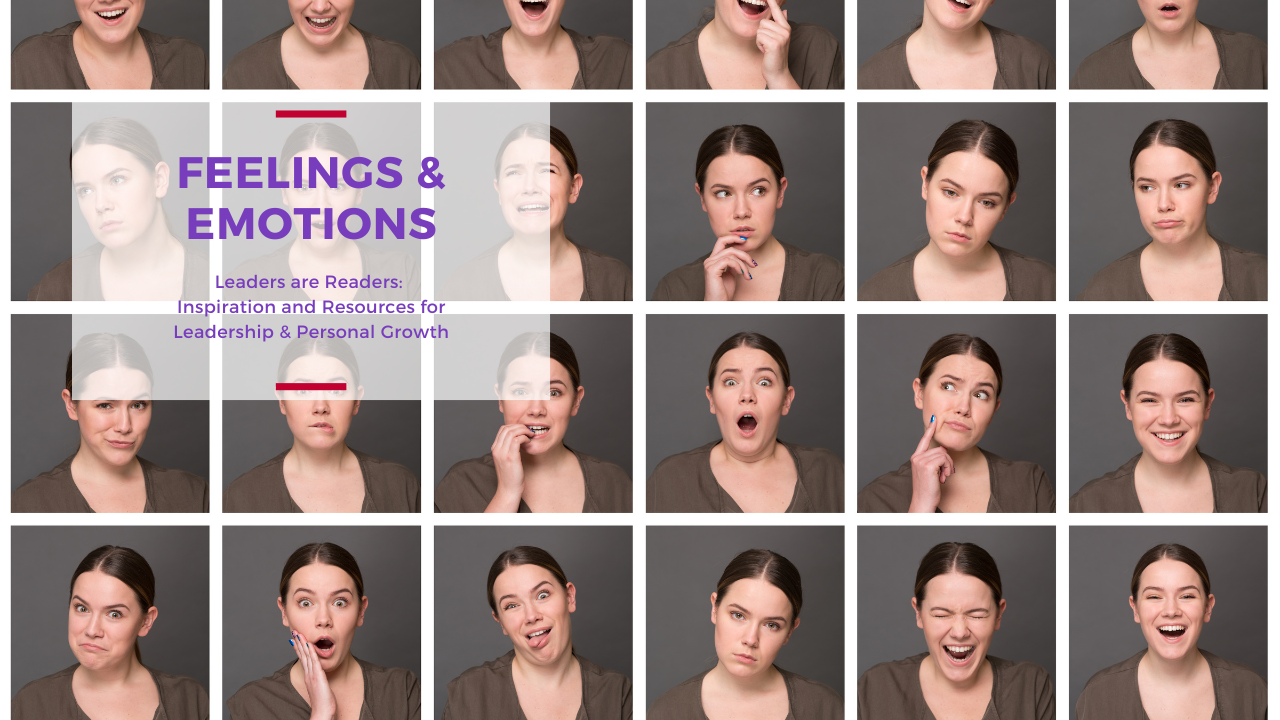Hello Friends!
Since the start of the year, I’ve been doing a series of Keynotes for a Leadership team on Owning Your Leadership Effectiveness. Each month, we do a deep dive on a Leadership skill, and this coming month that skill is one of my very favourites: Emotional Intelligence. So I’ve been geeking out on all things EQ and thought I would share some of that with you!
THE BIG PICTURE…
As the philosopher Ludwig Wittgenstein wisely said: “The limits of my language mean the limits of my world.” If we don’t have the language to describe things, we are not capable of understanding them. That, to me, is the foundation of Emotional Intelligence: understanding the human experience.
If you can believe it, the term Emotional Intelligence was only coined in 1990!! Prior to that, there wasn’t even a term for EQ, let alone much interest in it. And yet, as the guru and godfather of Emotional Intelligence, Daniel Goleman discovered, your EQ is twice as likely to predict professional success as your IQ!! Why weren’t we studying it before?!
Goleman literally wrote the book on Emotional Intelligence. And thankfully, many others have since delved into the topic of emotions and feelings as well!

THE LANGUAGE OF EMOTIONS…
It turns out that being able to name your emotions and feelings is critical to understanding and working through them. “Language shows us that naming an experience doesn’t give the experience more power, it gives us the power of understanding and meaning.”
Isn’t that impactful?! I think it’s one of the key learnings about Emotional Intelligence – the power and importance of being able to name our emotions.
As Brené Brown discussed with Dan Harris in this episode of the 10 Percent Happier podcast, when asked what the consequences are of us not having the vocabulary of emotions:
“In the research they refer to being able to, with nuance, name emotions as emotional granularity. And what we know is that if we can name something, or accurately label it, we are much more likely to be able to ask for what we need, move through it productively. In the case of positive emotion, we’re able to replicate and seek more of those experiences. {…} Language does not just communicate emotion. It *shapes* emotion.”
I found this knowledge so intensely powerful!!
There are 7 basic human emotions – Joy, Surprise, Anger, Fear, Contempt, Disgust, Sadness – and exponentially more feelings and emotions in each of those categories.
Susan David wrote a brilliant book, Emotional Agility, on just this topic. And Brené Brown has written a book to map out 87 emotions and feelings – a sort of emotional dictionary, if you will. It’s called Atlas of the Heart: Mapping Meaningful Connection and the Language of Human Experience. As with everything Brown writes, it is brilliant.
And yet, the crazy reality is that most people cannot name their emotions. Despite there being 7 basic human emotions, the average number of emotions people can name is three! Clearly there is work to do in teaching and learning about emotions and feelings!
“We asked participants in the training workshops to list all of the emotions that they could recognize and name as they were experiencing them… The average number of emotions named across the surveys was three. The emotions were happy, sad, and angry.”
How colourless must life be with only three emotions?!?!
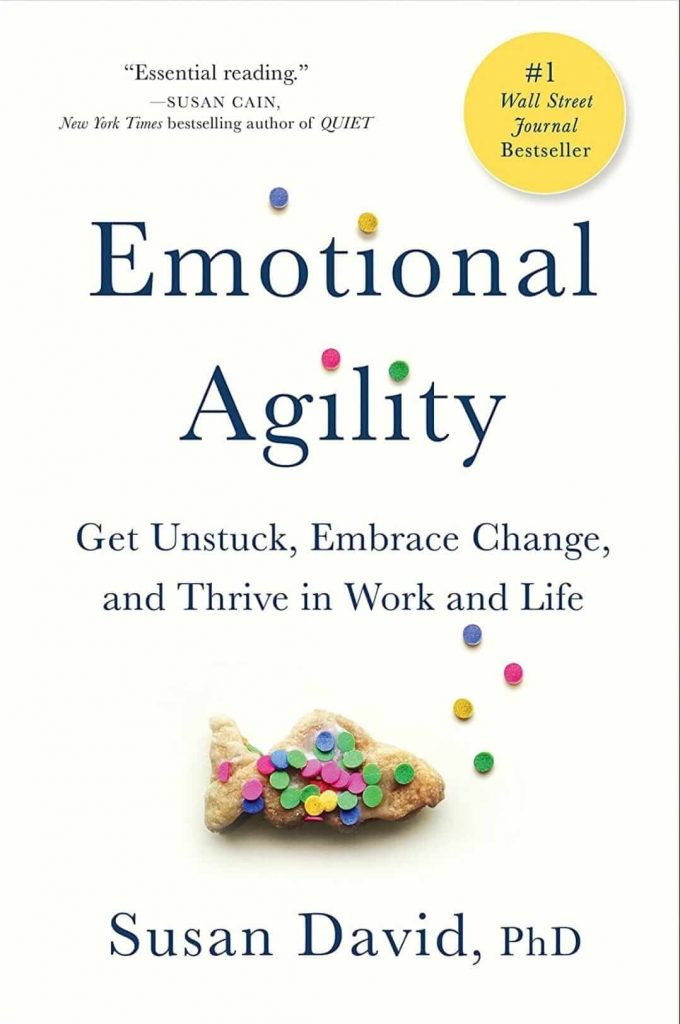
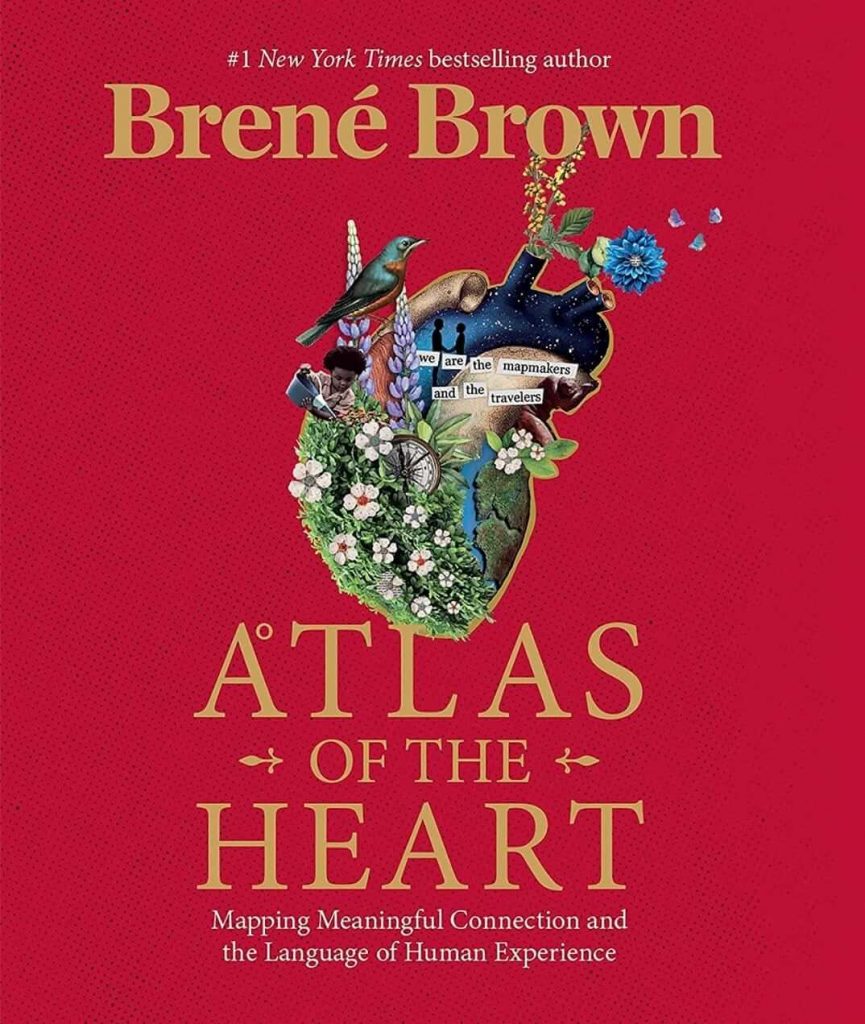
THE FEELINGS WHEEL…
As a visual learner, I love the Feelings Wheel for demonstrating the emotional granularity of those 7 basic human emotions. Each of the basic emotions contains multiple more nuanced emotions and they are shown here:
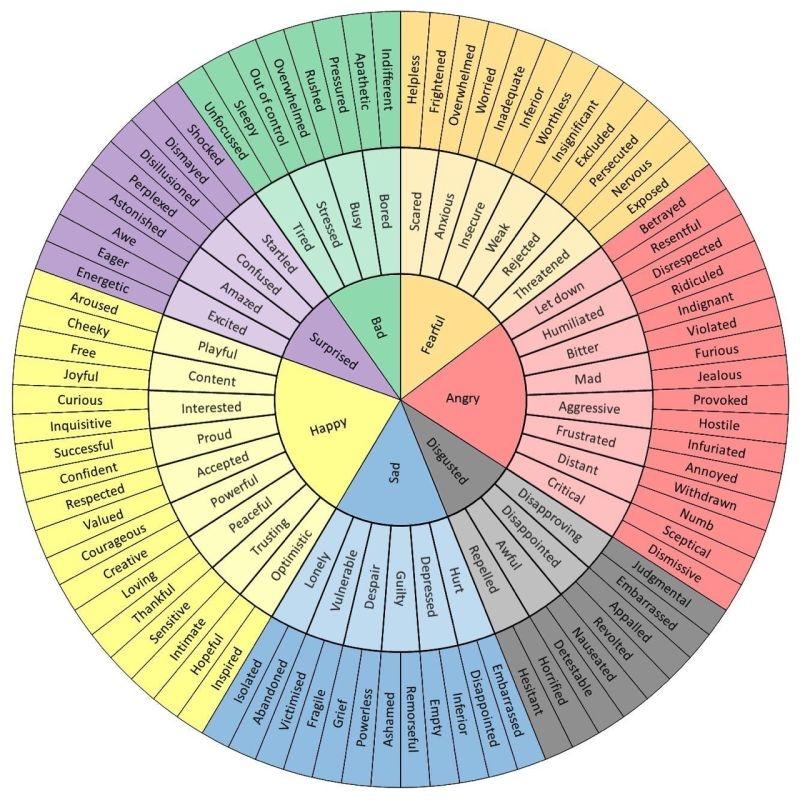
I find this really useful to use with clients to drill down into what they are feeling. Having that emotional granularity really does help inform how to process and work through their emotions and feelings.
BEFRIENDING YOUR INNER VOICE…
There is research that shows that “often what predicts how we feel at any given moment in time is not what we’re actually doing, but it’s the thought streaming through our head.”
As Shakespeare said, “There is nothing either good or bad, but thinking makes it so.” Turns out, he was right.
This is another reason to become more self-aware: becoming more conscious of our thoughts allows us to also have more control over our emotions!
And while many believe that the ultimate goal of self-awareness and emotional intelligence is happiness, it is in fact not possible or even necessary to ignore the perceived “negative” emotions. Given that 5 of the 7 basic human emotions are “negative” (and Surprise can actually go either way, so it could even be 6!), clearly those emotions are critical to our development and survival.
As this episode of the Hidden Brain podcast on Befriending Your Inner Voice so accurately states:
“Experiencing negativity and negative emotions isn’t something that we want to shy away from. Many scientists believe that negative emotions are functional when experienced in the right dosage. We evolved the capacity to experience shame, regret, anger, sadness, you fill in your favourite negative emotion, for a reason. They prepare us for dealing with that situation that we’re managing, and they often serve as cues to say, ‘Hey, you need to focus here so you don’t repeat this mistake again.’ So we don’t want to rid ourselves of negativity, what we do want is to figure out how to prevent those small spikes of negative emotions from morphing into chatter.”
The interview describes “chatter” as a term that refers to getting stuck in a negative thought loop. Compare this to “rumination” which tends to be dwelling on the past, and “worry” which is more about what is happening in the future or present. The common theme however is negative circularity.
We need to be aware of our thought patterns in order to control our emotions and feelings!
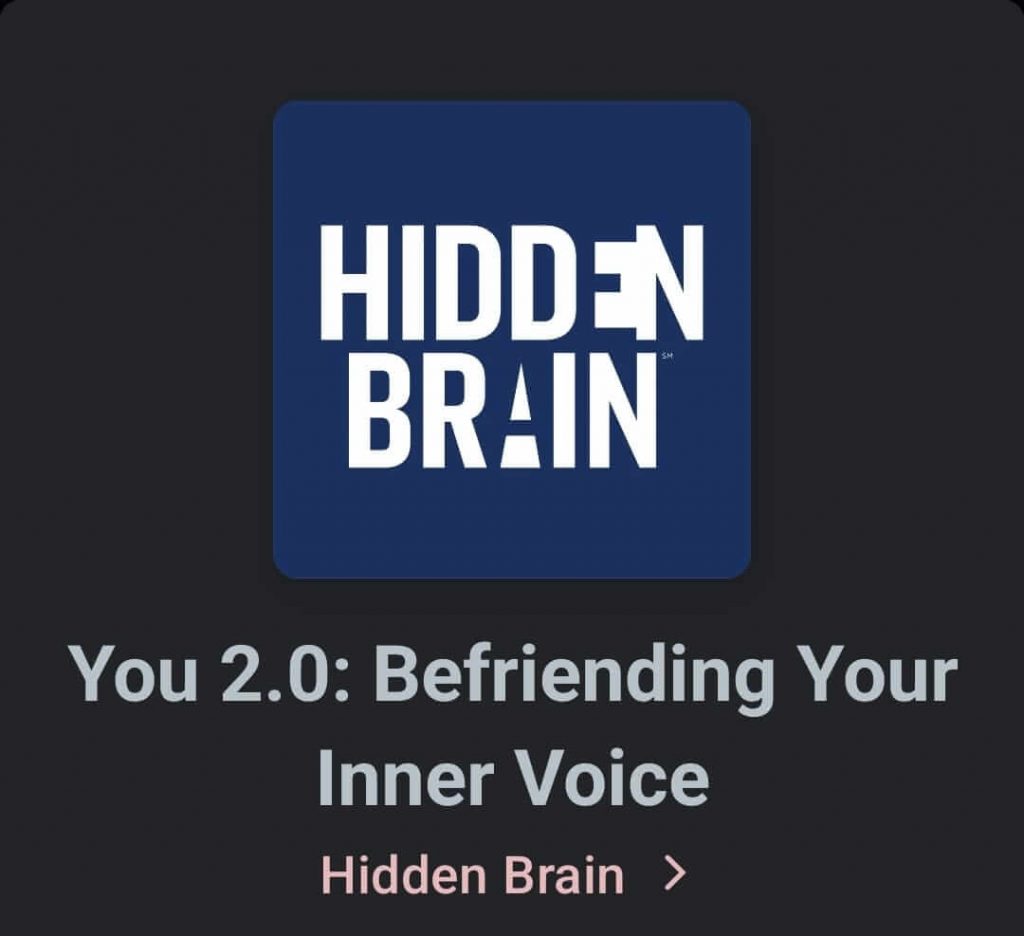
REACT VS RESPOND…
One aspect of emotions and feelings that is so key is differentiating between reacting vs responding. A picture is worth a thousand words as they say, and this picture describes it perfectly:
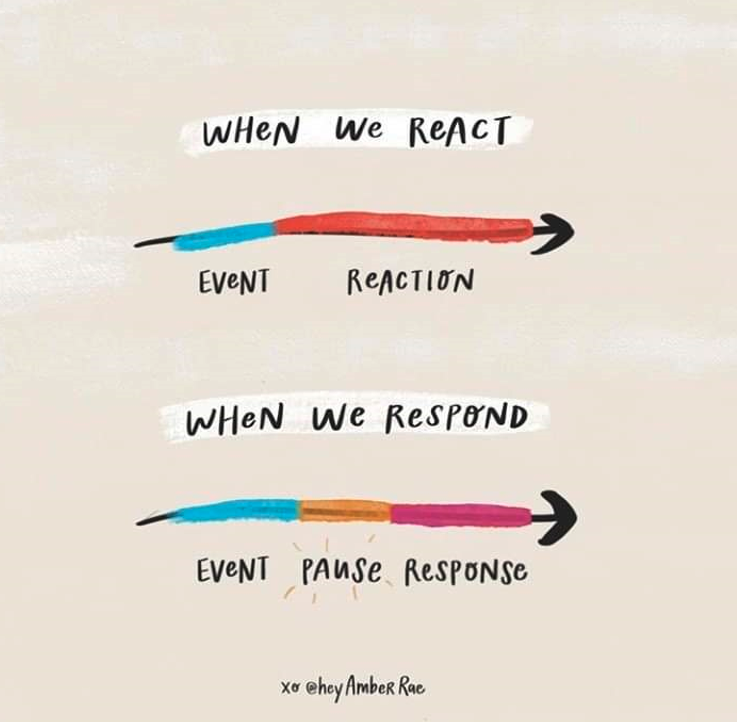
That pause allows us to choose our response, instead of reacting without thought. And that is one of the key elements of emotional intelligence.
WHAT I’M READING…
Looking for Jane had me absolutely riveted from the first page. It had been recommended to me by various people quite a while ago, but the description of the story never really grabbed me. But while on holiday last week, I decided to download it and give it a try. And I was hooked!! I inhaled the story. Couldn’t put the book down!
It’s the story of three women in Toronto: one in the 1960s, one in the early 1980s, and one in the present day. Each has their own struggle with women’s rights, and particularly abortion rights and the right of a woman to choose what to do with her own body.
To be honest, the description sounded a bit off-putting to me and that’s probably why it took a while for me to pick it up. It sounded like it would be dark and sad. The writing was so good though and the story was so interesting that despite the at times somewhat bleak subject matter, I was compelled to read more.
The author of the book I recommended in my last newsletter, Kristen Harmel, wrote this about Looking for Jane, and I think she sums it up perfectly: “Looking for Jane is a searing, important, beautifully written novel about the choices we all make and where they lead us – as well as a wise and timely reminder of the difficult road women had to walk not so long ago.”

What does Emotional Intelligence mean to you? How many emotions and feelings are you aware of having yourself? It is fascinating to delve into this topic for yourself!
Going forward, I have decided to move the newsletter publication to once every 3 weeks. I absolutely love sharing these bits of information and insight with you; however as my schedule is getting busier I’ve had to recognize that I need to spread out the distribution just a bit. I don’t want to compromise on the quality or the joy of sharing, thus the new timeline.
Wishing you a wonderful weekend!
Be emotional. Stay healthy.
Hugs,



